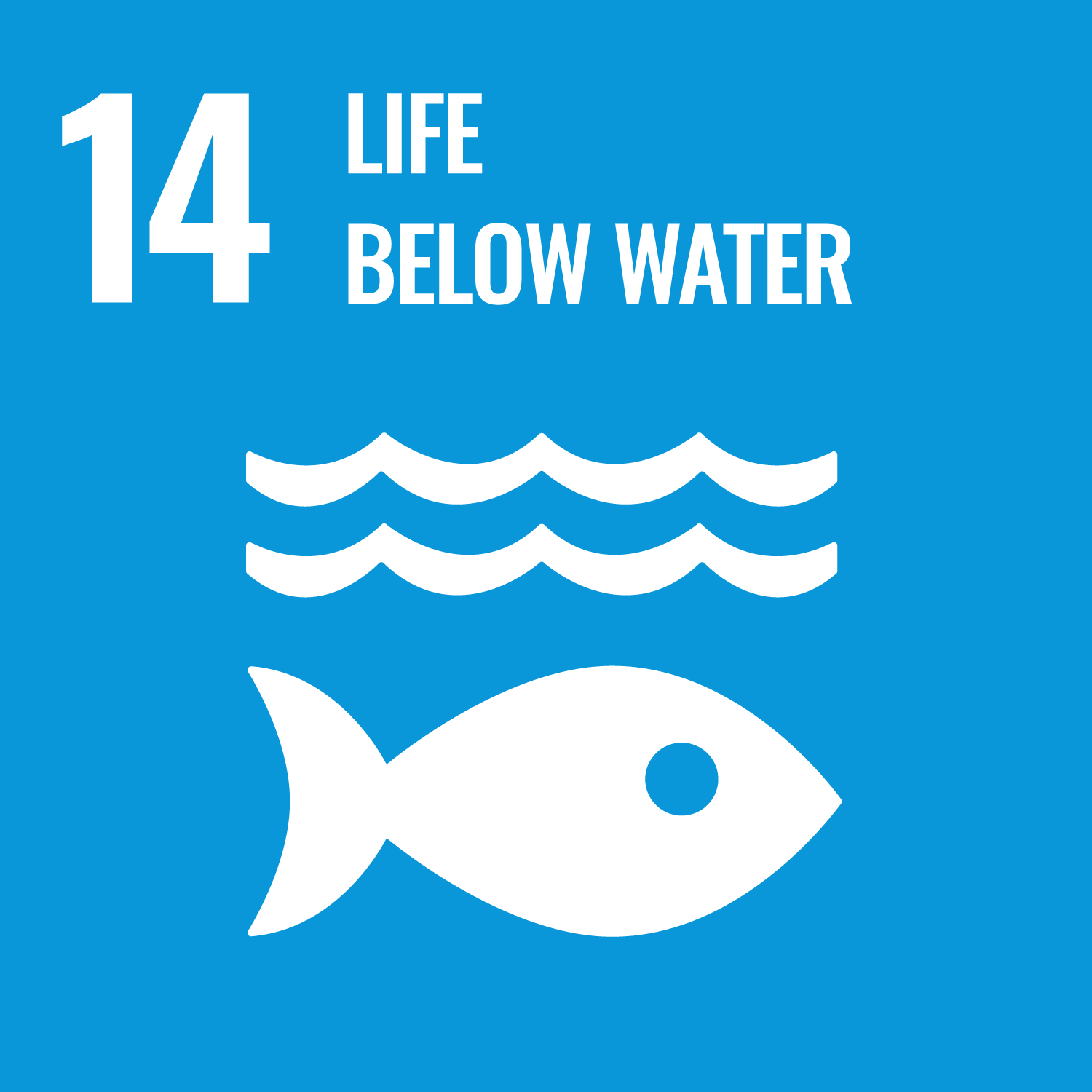ORCID
- J. M. Hall-Spencer: 0000-0002-6915-2518
Abstract
Although there are no previous descriptions of the habits of chirostylids in the North Atlantic, it is likely that species in the genera Uroptychus, Eumunida and Gastroptychus have close ecological ties with deep-sea corals since they have all been recorded in trawl samples containing corals from ∼200m depth. We analysed in situ distribution of Gastroptychus formosus and potential hosts using a ROV at a range of north-eastern Atlantic sites and found that this species forms a close association with deep-sea corals that resembles the chirostylid-anthozoan associations reported in shallow Indo-Pacific waters. We update the known distribution for G. formosus, confirming that it is an amphiatlantic species that occurs along the Mid-Atlantic Ridge at least as far south as the Azores and along continental margins from the Canary Islands to Scotland at depths of 600-1700m. The adults have very specific habitat preferences, being only found on gorgonian and antipatharian corals with a strong preference for Leiopathes sp. as a host. This highly restricted habitat preference is likely to render chirostylids vulnerable to the impacts of demersal fishing both directly, as by-catch, and indirectly through habitat loss. © 2010 Marine Biological Association of the United Kingdom.
DOI Link
Publication Date
2010-11-01
Publication Title
Journal of the Marine Biological Association of the United Kingdom
Volume
90
Issue
7
ISSN
0025-3154
First Page
1363
Last Page
1369
Recommended Citation
Le, G., Hall-Spencer, J., Söffker, M., & Olu, K. (2010) 'Association between the squat lobster Gastroptychus formosus and cold-water corals in the North Atlantic', Journal of the Marine Biological Association of the United Kingdom, 90(7), pp. 1363-1369. Available at: 10.1017/S0025315410000524


